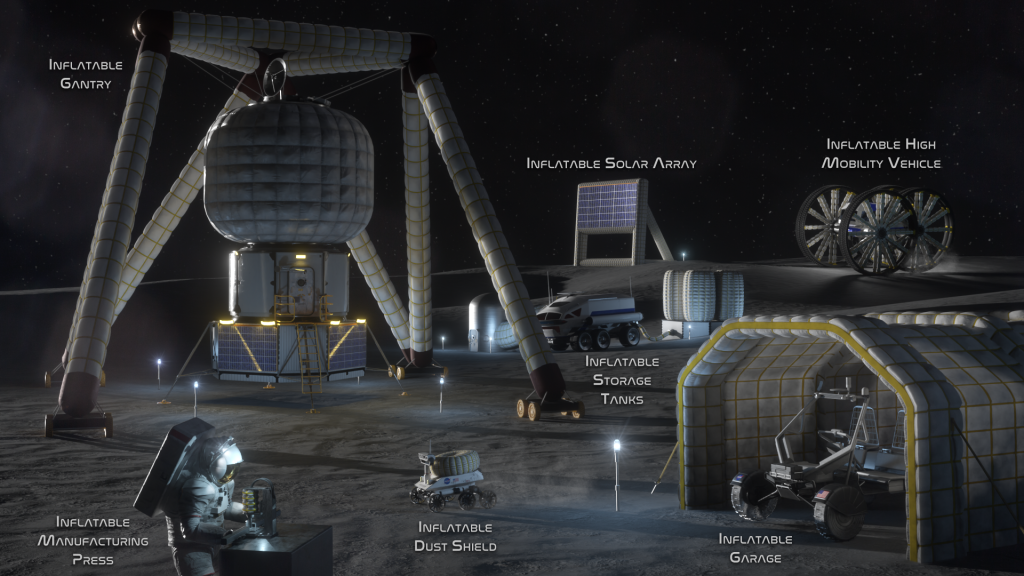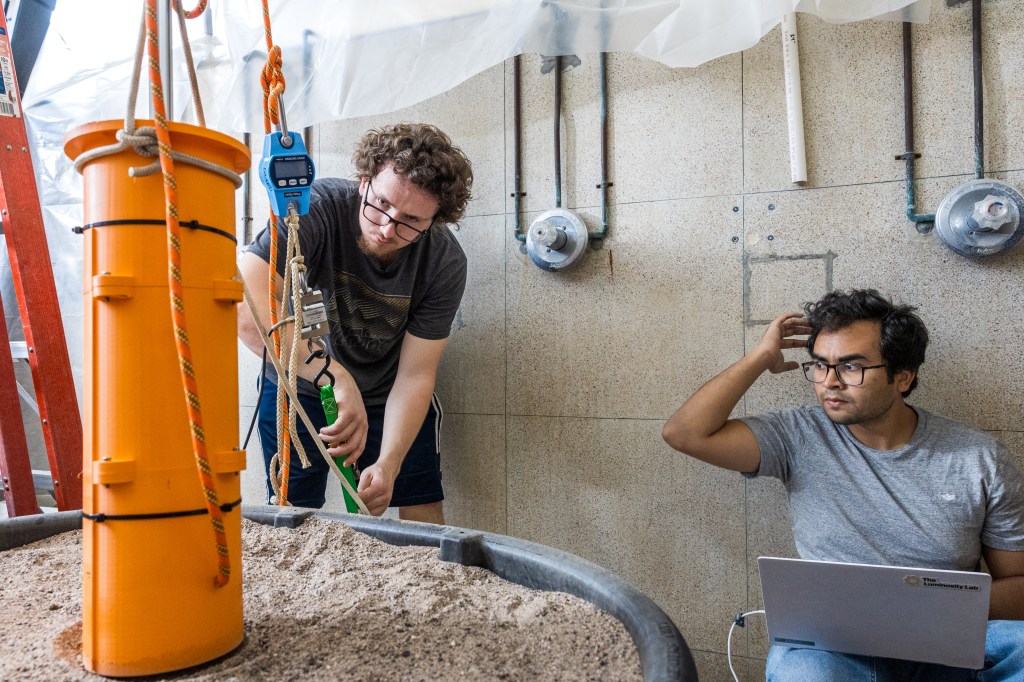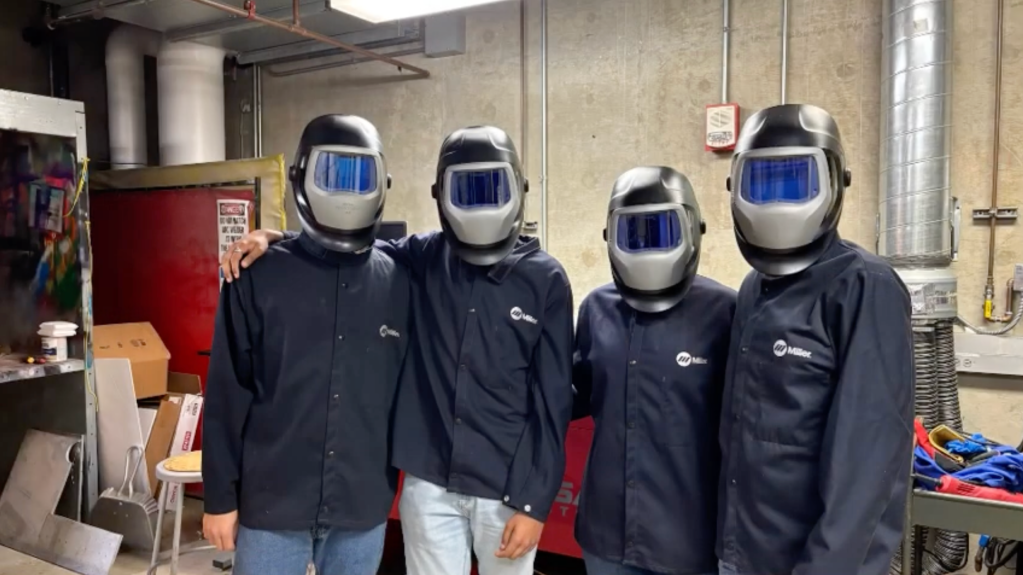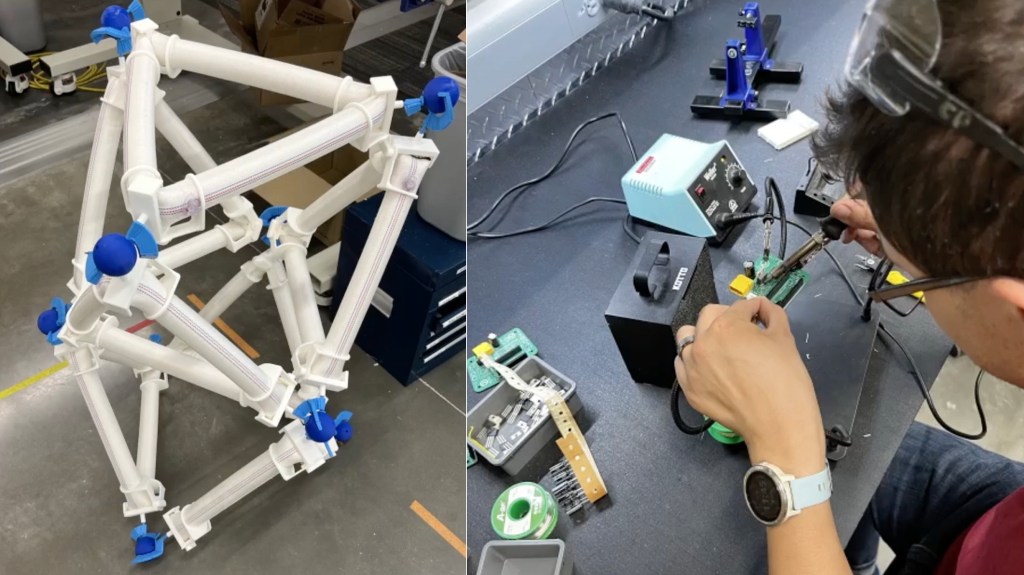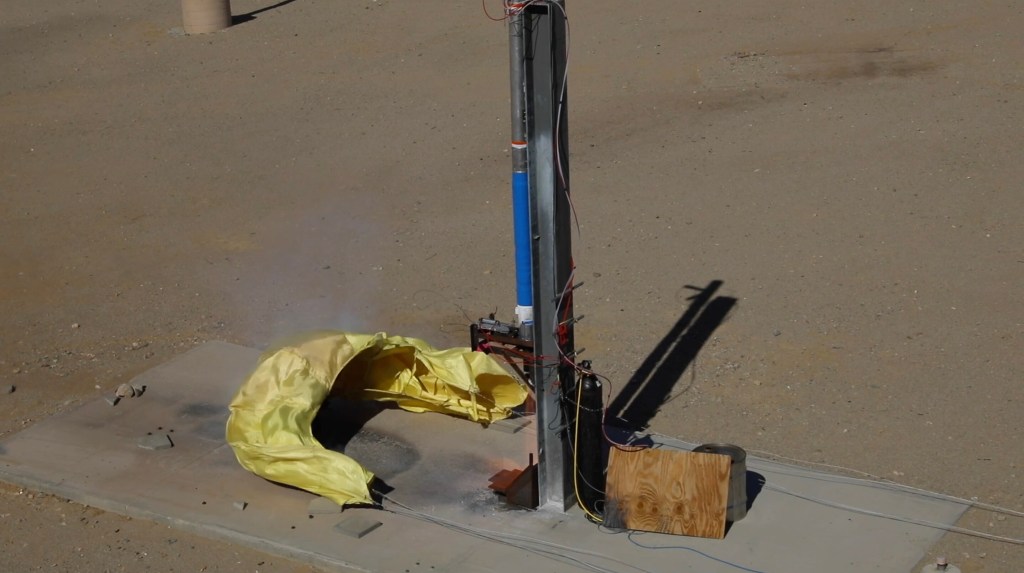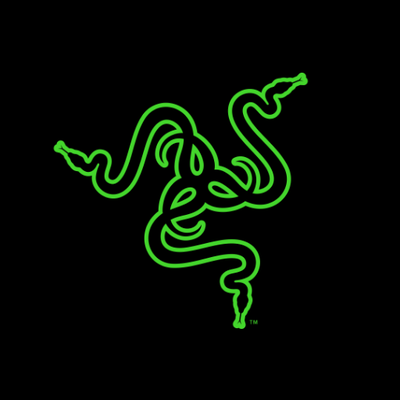Northwestern University Takes Top Honors in BIG Idea Lunar Inflatables Challenge

Following eight months of intense research, design, and prototyping, six university teams presented their “Inflatable Systems for Lunar Operations” concepts to a panel of judges at NASA’s 2024 Breakthrough, Innovative and Game-Changing (BIG) Idea Challenge forum.
The challenge, funded by NASA’s Space Technology Mission Directorate and Office of STEM Engagement, seeks novel ideas from higher education on a new topic each year and supports the agency’s Lunar Surface Innovation Initiative in developing new approaches and innovative technologies to pave the way for successful exploration on the surface of the Moon. This year, teams were asked to develop low Size, Weight, and Power inflatable technologies, structures and systems that could benefit future Artemis missions to the Moon and beyond.
Taking top honors at this year’s forum receiving the Artemis Award was Northwestern University with National Aerospace Corporation & IMS Engineered Products, with their concept titled METALS: Metallic Expandable Technology for Artemis Lunar Structures. The Artemis Award is given to the team whose concept has the best potential to contribute to and be integrated into an Artemis mission.
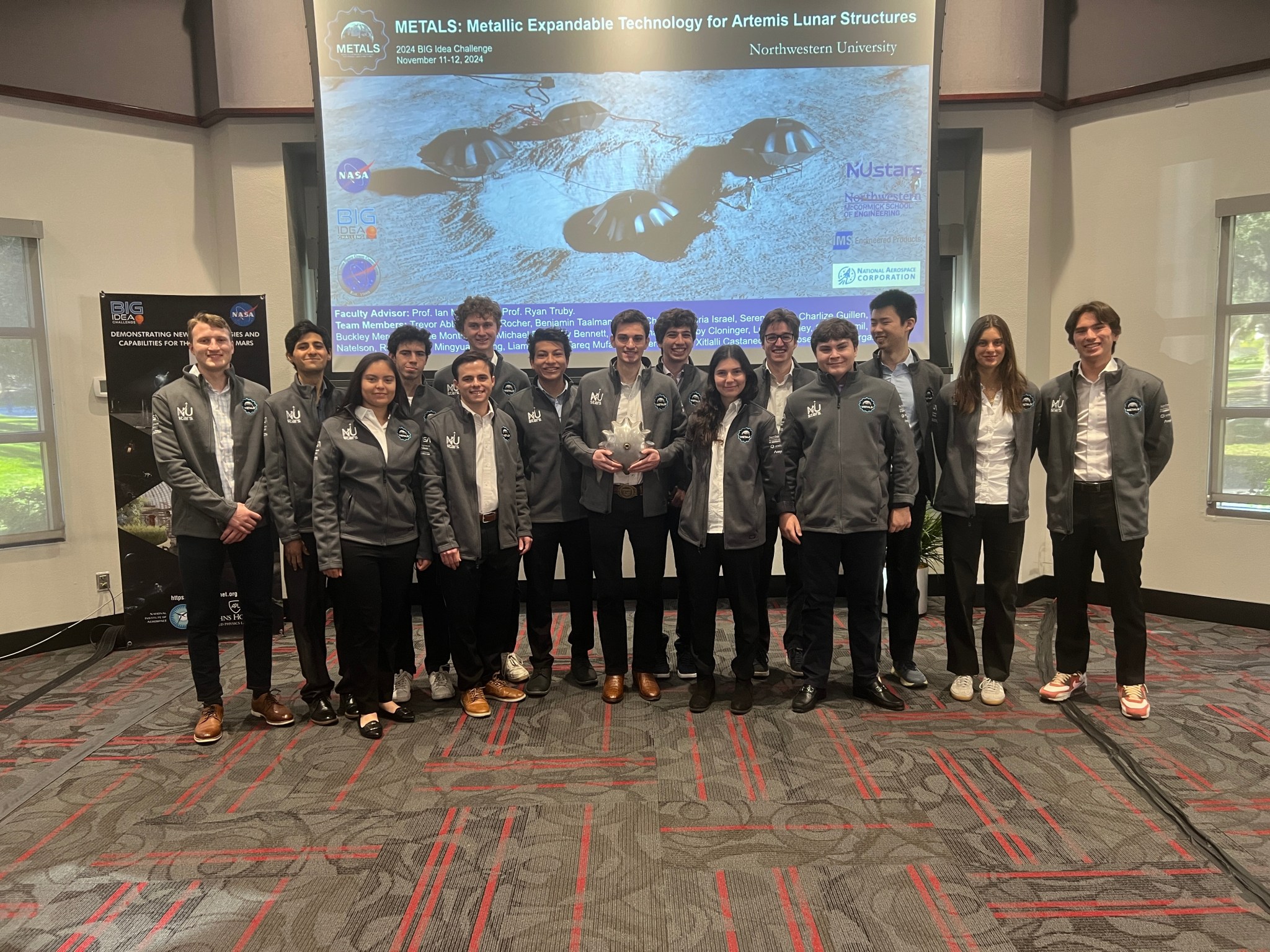
The Northwestern University BIG Idea Challenge team developed METALS, an inflatable metal concept for long-term storage of cryogenic fluid on the Moon. The concept earned the Artemis Award, top honors in NASA’s 2024 BIG Idea Challenge.
Credit: National Institute of Aerospace
The Artemis Award is a generous recognition of the potential impact that our work can have. We hope it can be a critical part of the Artemis Program moving forward. We’re exceptionally grateful to have the opportunity to engage directly with NASA in research for the Artemis Program in such a direct way while we’re still students.”
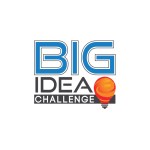
Julian Rocher
Team co-lead for Northwestern University
METALS is an inflatable system for long term cryogenic fluid storage on the Moon. Stacked layers of sheet metal are welded along their aligned edges, stacked inside a rocket, and inflated once on the lunar surface. The manufacturing process is scalable, reliable, and simple. Notably, METALS boasts superior performance in the harsh lunar environment, including resistance against radiation, abrasion, micrometeorites, gas permeability, and temperature extremes.
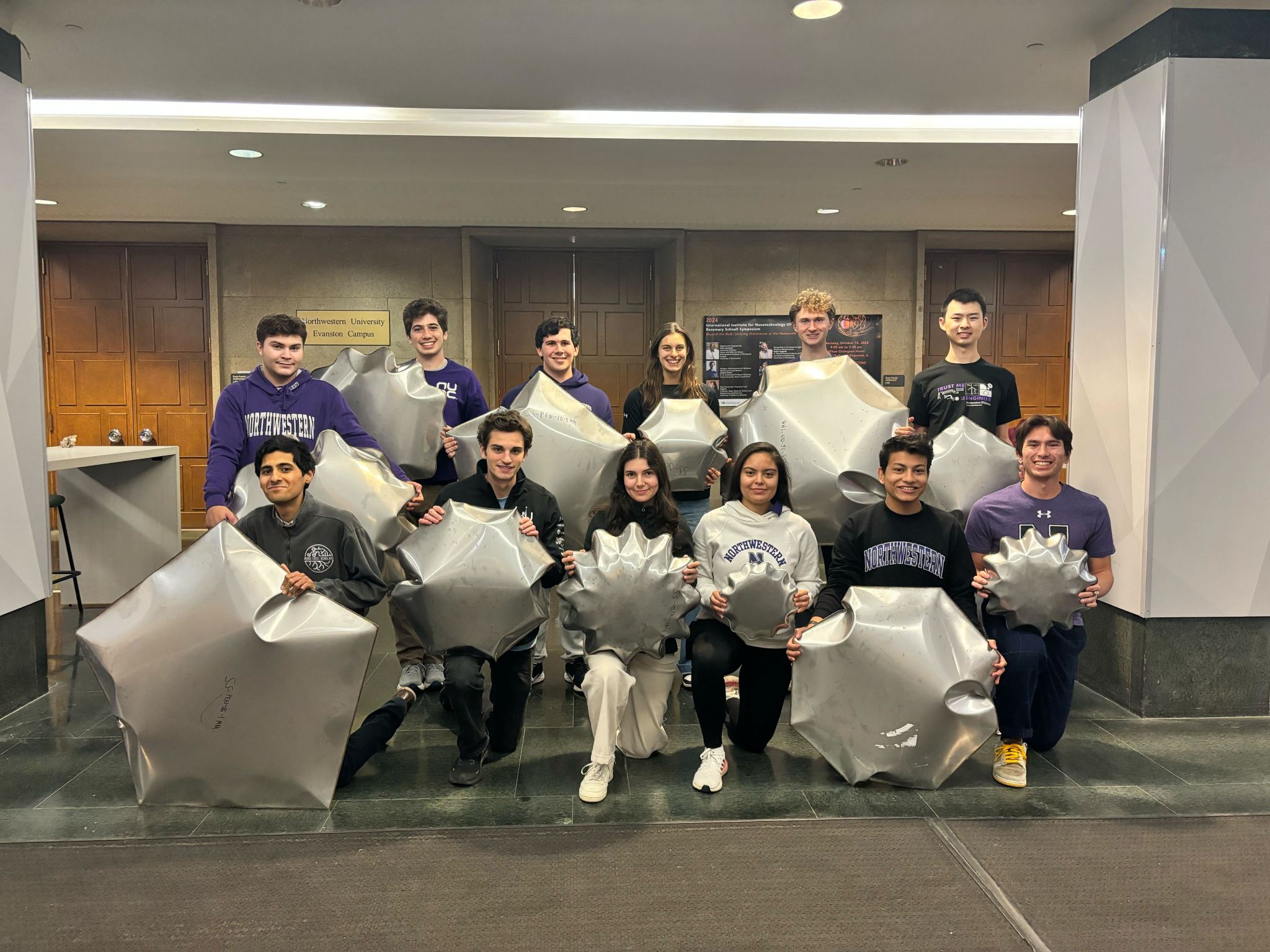
Northwestern University team members pose with lunar inflatable prototypes from their METALS project in NASA’s 2024 BIG Idea Challenge.
Credit: Northwestern University
We learned to ask the right questions, and we learned to question what is the status quo and to go above and beyond and think outside the box. It’s a special mindset for everyone to have on this team… it’s what forces us to innovate.”

Trevor Abbott
Team co-lead for Northwestern University
Arizona State University took home the 2024 BIG Idea Challenge Systems Engineering prize for their project, AEGIS: Inflatable Lunar Landing Pad System. The AEGIS system is designed to deflect the exhaust gasses of lunar landers thereby reducing regolith, or Moon dust, disturbances generated during landing. The system is deployed on the lunar surface where it uses 6 anchors in its base to secure itself to the ground. Once inflated to its deployed size of 14 m in diameter, AEGIS provides a reusable precision landing zone for incoming landers.
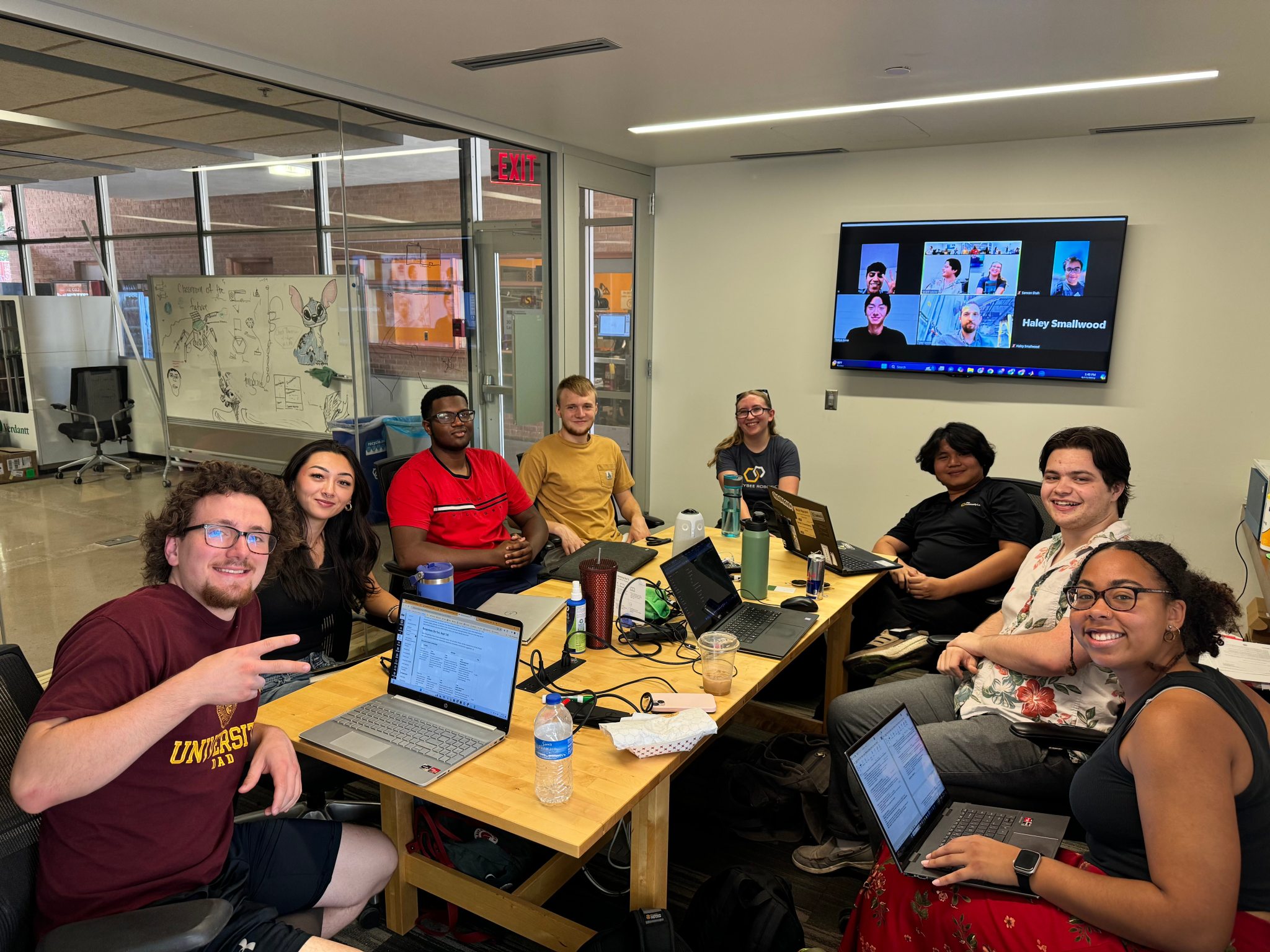
Arizona State University earned the Systems Engineering prize for their BIG Idea Challenge project: AEGIS: Inflatable Lunar Landing Pad System.
Arizona State University
This year’s forum was held in tandem with the Lunar Surface Innovation Consortium’s (LSIC) Fall Meeting at the University of Nevada, Las Vegas, where students had the opportunity to network with NASA and industry experts, attend LSIC panels and presentations, and participate in the technical poster session. The consortium provides a forum for NASA to communicate technological requirements, needs, and opportunities, and for the community to share with NASA existing capabilities and critical gaps.
We felt that hosting this year’s BIG Idea Forum in conjunction with the LSIC Fall Meeting would be an exciting opportunity for these incredibly talented students to network with today’s aerospace leaders in government, industry, and academia. Their innovative thinking and novel contributions are critical skills required for the successful development of the technologies that will drive exploration on the Moon and beyond.”

Niki Werkheiser
Director of Technology Maturation in NASA’s Space Technology Mission Directorate
In February, teams submitted proposal packages, from which six finalists were selected for funding of up to $150,000 depending on each team’s prototype and budget. The finalists then worked for eight months designing, developing, and demonstrating their concepts. The 2024 BIG Idea program concluded at its annual forum, where teams presented their results and answered questions from judges. Experts from NASA, Johns Hopkins Applied Physics Laboratory, and other aerospace companies evaluated the student concepts based on technical innovation, credibility, management, and the teams’ verification testing. In addition to the presentation, the teams provided a technical paper and poster detailing their proposed inflatable system for lunar operations.
Year after year, BIG Idea student teams spend countless hours working on tough engineering design challenges. Their dedication and ‘game-changing’ ideas never cease to amaze me. They all have bright futures ahead of them.”

David Moore
Program Director for NASA’s Game Changing Development program
NASA’s Space Technology Mission Directorate sponsors the BIG Idea Challenge through a collaboration between its Game Changing Development program and the agency’s Office of STEM Engagement. It is managed by a partnership between the National Institute of Aerospace and Johns Hopkins Applied Physics Laboratory.
Team presentations, technical papers, and digital posters are available on the BIG Idea website.
For full competition details, visit: https://bigidea.nianet.org/2024-challenge
